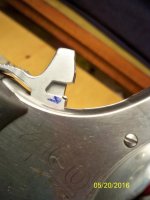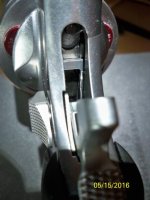HappyPuppy
Member
- Joined
- Nov 15, 2013
- Messages
- 28
- Reaction score
- 9
Old early GTOs would get their butts kicked by today's 2 liter turbocharged cars. That stuff is progress? I think not. Don
Very true. I father was a gear head and I grew up leaning how to blueprint and balance and engine. I raced sports cars in g class and so on. There is just no comparison.
Modern manufacturing is miles ahead of the 60s technology. The tolerances are tighter without hand fitting and parts seldom fail.
Look at the complexity of the 1911 vs an off the shelf quality handgun. The Old revolvers had misalignment of cylinders and all sorts of issues. Ask an armorer of the 70s to 80s for a good size dept.






